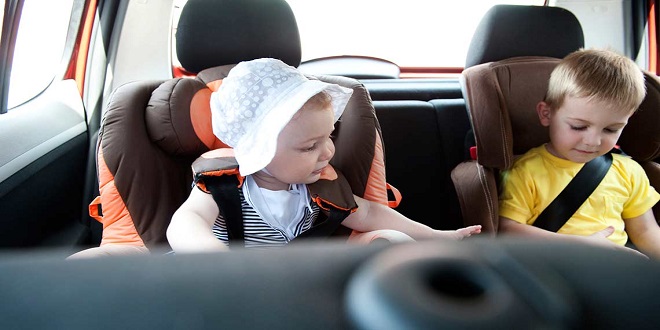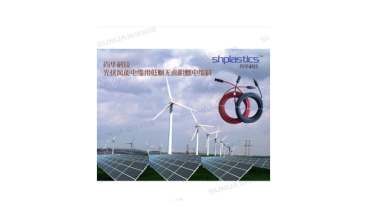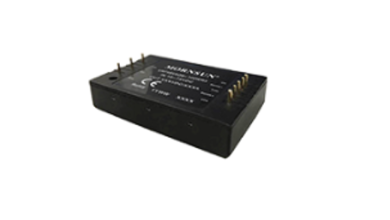Car Seat Laws and Seat Restraints in Australia

The law in Australia mandates that any child under the age of 7 must not travel in a car or similar vehicle without a child restraint. This rule has made travelling via vehicles significantly safer for children since its inception in the 1980s. A report by NSW Ombudsman in 2019 states that over 33% of children who died in accidents would have survived if they had been secured with a booster seat or a seat belt. Depending on their age and size, different seat restraints are available for parents and caretakers. It is imminent that they understand the laws regarding seat restraints for children to ensure their safety and avoid falling on the wrong side.
Australian State-wide Law Regarding Child Travel Restrains
Every parent or adult travelling with a child must follow these rules. Every child under the age of 7 must be secured with a child restraint that meets the Australian standard of AS/NZS 1754. y. The legal requirement depends on the child’s age travelling in the car or van. Regardless of their age, every driver must take measures to ensure their safety.
For Children Under 6 Months
Children under 6-months must be secured in a car seat using a booster seat with an inbuilt harness and a rear-facing restraint. Drivers must also ensure not to place children in the vehicle’s front seats.
For Children Under 4 Years
Adults travelling with these children can either use a rear-facing or a forward-facing child restraint with a built-in harness to protect them. They must never seat the children in front rows of cars with two or more rows.
For Children Under 7 Years
Parents must secure their children in the car seat in a front-facing seat with a harness. They must never occupy the front row seats unless all the other seats have been occupied by children younger than them.
For Children 7 Years or Older
These children can comfortably sit in any seat with a child restraint or a seatbelt present in the car for adults.
Things to Look For in Child Restraints
Any booster seats or child restraints available in Australia or New Zealand must meet the AS/NZS 1754 Standards with a label attached to the product or packaging for proof. Parents must choose accessories compatible with their size and design. They must have the label for AS/NZS 8005.
How to Fit Car Restraints and Booster Seats
A well-fit car seat restraint can prevent harm and minimise the risk of injury among children travelling in a car during an accident. However, this is not possible if they do not secure the restraints to the seat. The first thing adults need to ensure is if the child restraint seat fits the car. They must identify the best anchorage points and fit the booster against the car seat to ensure it doesn’t come off. They must place the child and adjust its straps according to the child’s age and size such that they do not block access to other seat belts for buckles present in the vehicle. They must secure the child in a booster seat even in public transport like taxis if they are under one year. Experts recommend parents bring their children restraints when they travel with children.




